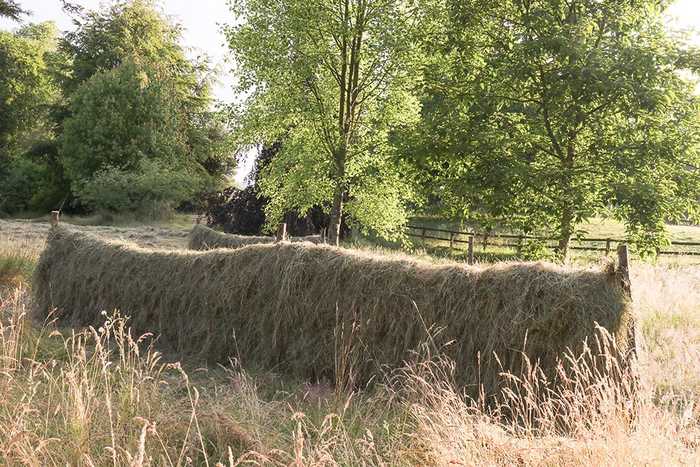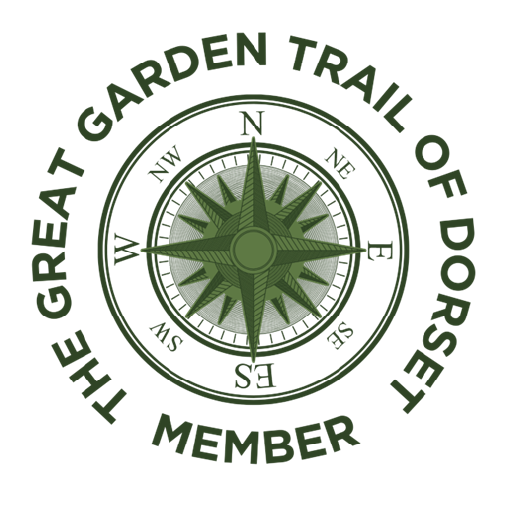Wild Flower Meadows

The old proverb of ‘making hay’ kicks into gear come July, with tractors trundling up and down the fields and doing just that. It’s the time when some of the meadows at Forde Abbey are given their annual hair cut, but not all, as head gardener Joshua Sparkes explains.
Left Uncut For Longer Increases Diversity
“This area we’re standing in is one of our new protected zones….. left uncut for longer which means we get later species of wild flowers and we push the habitat space in the garden. We’ll probably leave these until late August when we’ll cut them, giving the knapweed and common spotted orchids a longer window to set seed, with the hope that they then spread into the rest of the freshly cut meadows. It also increases the lifecycles of different insects, butterflies especially. If you keep it going you get more and more lifecycles of butterflies, up to five if you leave the meadow until September time.
Tips On How To Cut A Meadow
It’s better to cut a meadow in a mosaic fashion, where you’re cutting one section and leaving one section for a longer period. By doing this, you’re moving all the wildlife around and you’re still giving them a home instead of cutting it in just one cut. This year, we’re leaving the cut meadows for three days and flicking them, which is what you traditionally do with hay. That gives everything that’s living in the grass a chance to escape and go into the shrubberies and permanent long grass areas in the garden.” Managing the meadows much like a shepherd.
How To Encourage Wild Flower Seed Dispersal
To encourage the dispersal of wild flower seeds, Josh and the team have built a couple of Norwegian Hay Ricks, lengths of wire pulled taut between a series of posts in the ground with the grass draped over the clothes line effect and hung up to dry. The grass is trimmed as they go for the rain to easily run off them. The benefit of using this method of meadow management is that it creates further habitat space (an aesthetic bug hotel!) and gets air into the hay for greater seed longevity. It also smothers the grass that the hay rick is on, and clears a space for the freshly fallen seed. “It’s a really good way of getting a rich species seed mix into a quite thuggish grassland without having to use chemicals or membranes and a great way to get yellow rattle into otherwise tough areas.”
Posted on July 15th 2019




